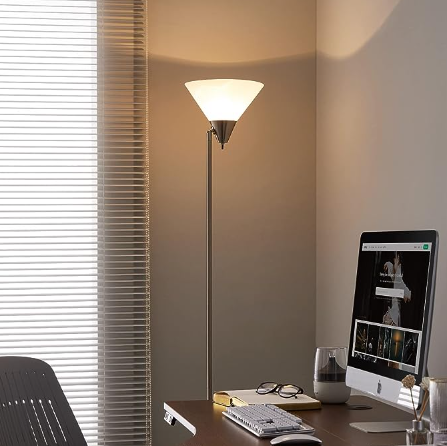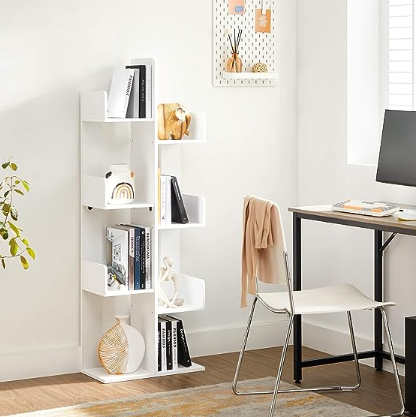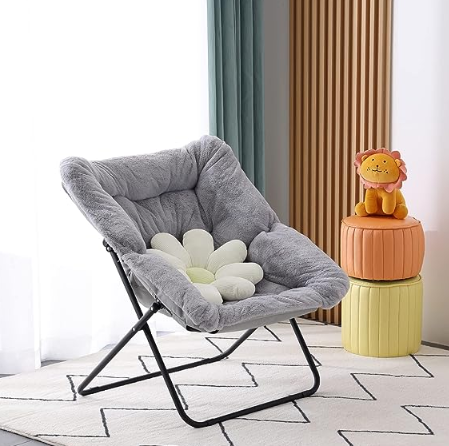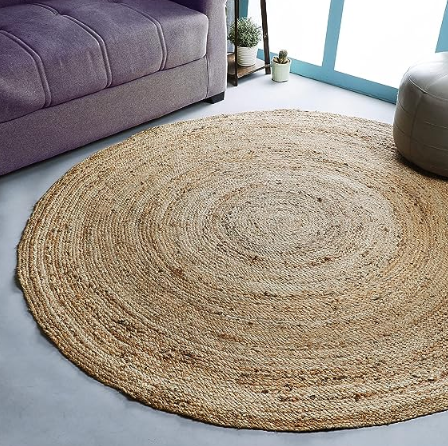7 Lighting Bugs That Need to Be Fixed Asap

Experience Ultimate Comfort and Luxury with the Softlife Velvet Modern Shaggy Bedroom Rug
March 18, 2025
Elevate Your Home Decor with BON AUGURE Industrial Bookshelf
March 21, 2025Lighting plays an important role in the overall design of a room. Whether it’s a kitchen, living room, bedroom, or even a pantry, lighting is important. Factors such as the purpose of the room, the amount of natural light it receives, and the type of lighting you use can all have an impact on the scene setup. While there are many ways to strike the right balance, there are also some things that can go wrong with lighting. Here are the mistakes to avoid when it comes to lighting and how to correct them.
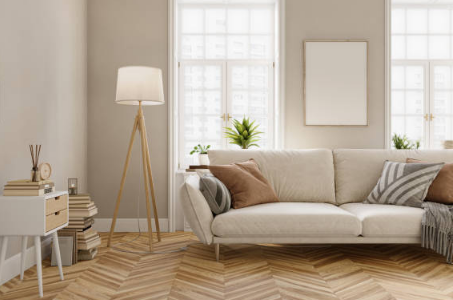
1. You didn’t pay attention to the power
Every light fixture in your home has a recommended wattage, and you shouldn’t exceed that. Wattage measures the amount of energy emitted by a light bulb, and it does not affect the brightness or darkness of the light. Choosing the right wattage for your fixture will not only ensure that you are making an energy-efficient choice, but it is also a safe choice. If the wattage of the bulb chosen is too high, it can damage the luminaire and cause overheating, increasing the likelihood of an electrical fire. When installing light fixtures, be sure to pay attention to the wattage, and be aware of safety.
2. You’ve chosen the wrong color temperature
There are a variety of factors to consider when choosing the right bulb for your fixture. One of them is color temperature. When determining the right bulb temperature, it’s best to consider the functionality of the space. For bedrooms, living rooms, and dining rooms (where you want more ambiance), warm light is best. For spaces such as kitchens, home offices, bathrooms, or laundry rooms, cool light will help create a more vibrant feel.
3. Your task-oriented space is too dark
The brightness of a light bulb is not measured by color temperature or wattage, but by lumens – this is just another factor you need to consider when choosing the right bulb for your light source. Especially in task-oriented spaces such as kitchens, bathrooms, and offices, it’s important to ensure that there is enough bright light. Again, you’ll want to make sure that it’s not too bright in spaces like bedrooms, living rooms, and other relaxing spaces. But what if you want a more customized feel? That’s where dimmers come in.
4. You don’t have a dimmer installed
So, you chose the right wattage, paid attention to the color temperature, and made sure you chose the right amount of light for each space, but there was still something missing. It might just be a dimmer. For rooms where you may need multiple types of light—brighter and more vibrant during the day and darker, more ambient light at night—a dimmer may be the best option. You may find that you don’t need to install a dimmer in every room, but it’s useful in spaces like dining rooms, living rooms, and bedrooms.
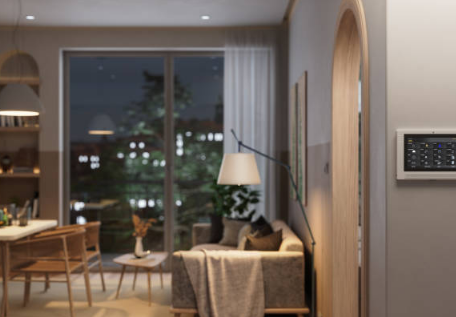
5. You chose the wrong scale for your fixture
When you find the perfect style for your space, you may be tempted to choose a fixture that is too small. However, it’s best to keep looking. Fixtures that aren’t the right size can quickly become unsightly focal points and make the space feel wrong. If you’re choosing an elevated light fixture, consider the height of the ceiling; If you choose a table lamp, consider what furniture the fixture will be placed on. The surrounding décor, the design style of the space, etc., can all be factors that affect the size required for the light source.
While the size of the secondary fixture should also be considered, the most important thing to look out for when determining the ideal size for a space is the overhead focus fixture. In general, the length + width (in feet) of the room should be equal to the diameter of the chandelier (in inches).
6. You’re only using one type of light
Lighting is not a one-time element. It’s important to use a mix of light fixtures, ceiling lights, floor lights, and wall lights. Using multiple light sources in a room can add personality, dimension, and warmth, while also providing the flexibility to illuminate a space for a variety of occasions. For example, if you’re playing a board game in your living room and want plenty of light, a ceiling light may be ideal. But if you’re having a low-key movie night in the same space, a simple lamp or two, perhaps even a dim sconce, can create just the right amount of ambient light.
7. You’re not thinking about natural light
Finding the right lighting balance doesn’t all depend on artificial light. In fact, a lot depends on the amount of natural light in your space. Harnessing natural light – and building lighting around it – can create the ideal environment. Knowing what time of day your space is brightest, which windows have the most impact on natural light, and identifying corners of your room that light can’t fully reach can all help you create your ideal lighting plan.


